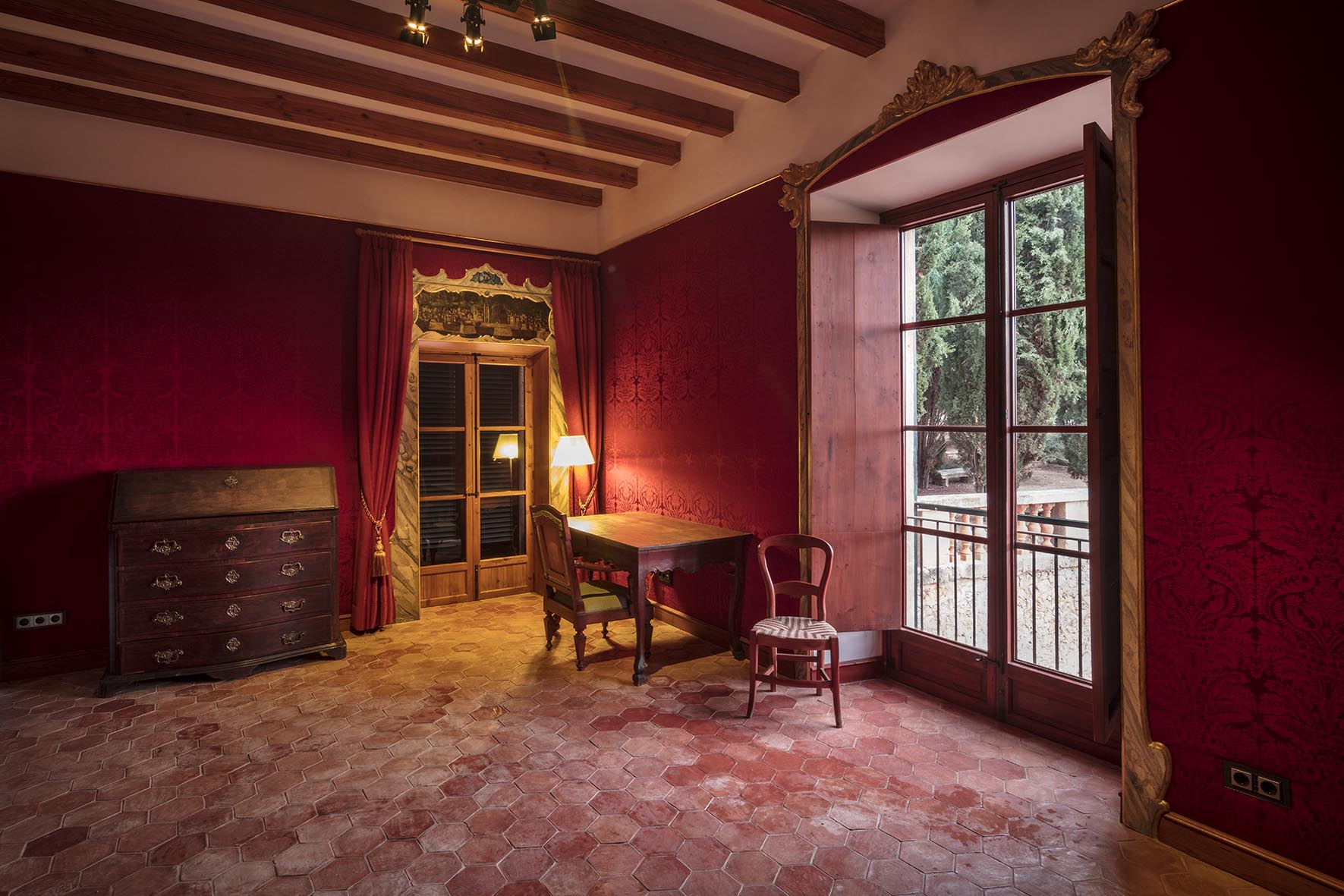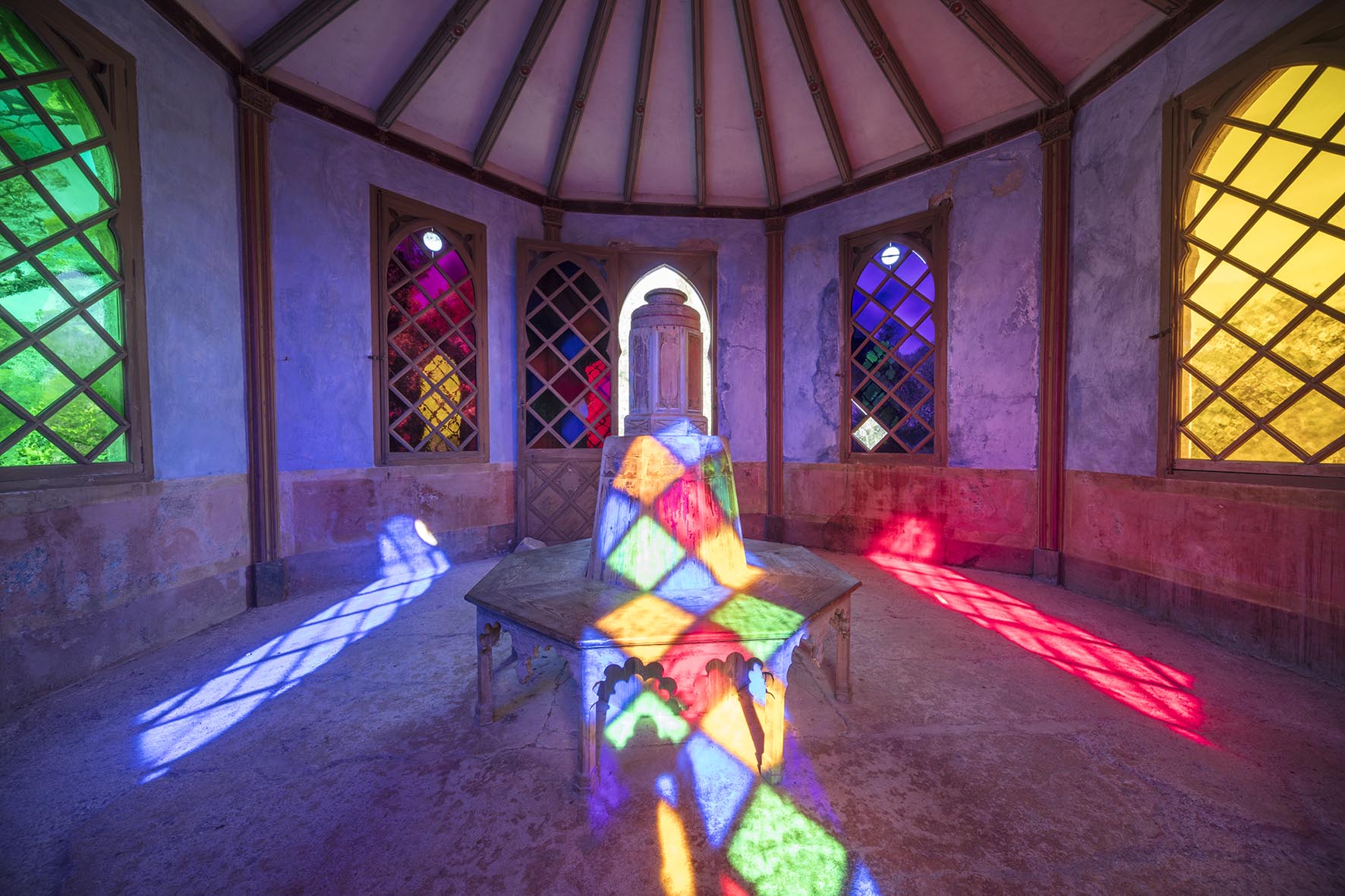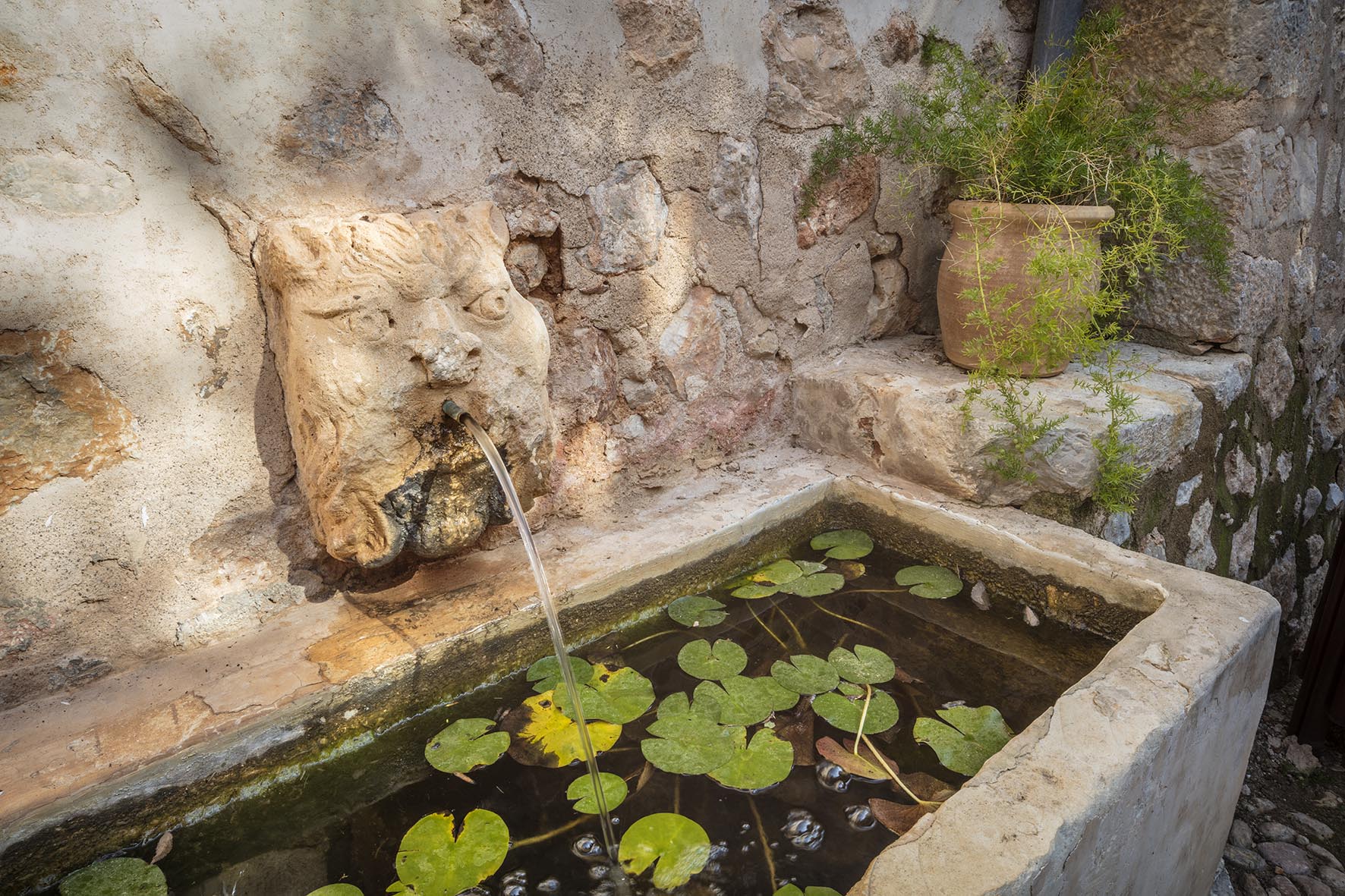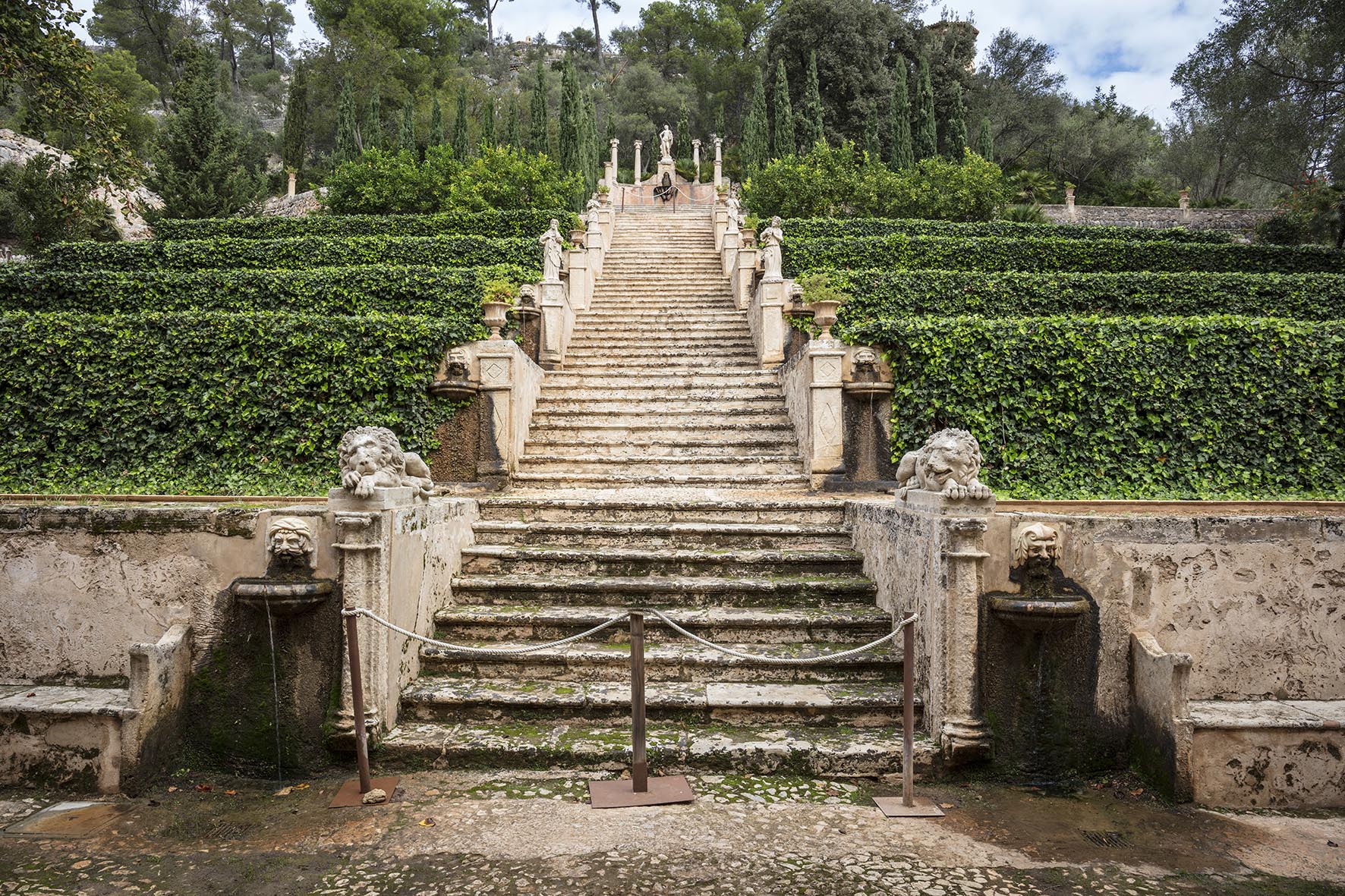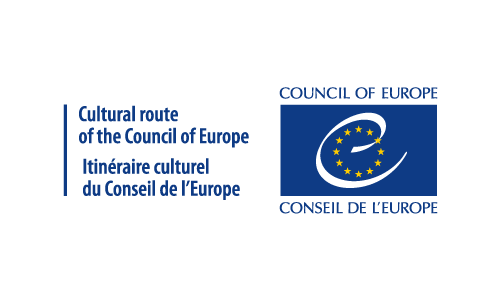The origins of Raixa date back to an Islamic farmstead of which only the place-name remains. After the conquest of Majorca by King James I of Aragón in 1229, these lands were granted to the count of Ampurias. During the Middle Ages, the property was owned by the Sureda de Sant Martí and Safortesa-Tagamanent families. The latter carried out a reconstruction at the beginning of the 16th century. The vault of the chapel and the porch of the courtyard are from that period.
It is important to mention the attack and burning of the house in 1522 by the followers of “las Germanías”, who supported the social struggles, because the owner at the time, Pere-Joan Safortesa i Descatlar supported the royal cause. During the last refurbishment of the house, traces from the fire have been discovered in a gothic window inside the main room.
The first count of Montenegro, Ramon Despuig i Rocaberti, purchased Raixa on the 18th of June 1660, and from that time onwards, Raixa became the emblematic family estate. In the 18th century the houses were renovated and extended by the successive counts, as it was customary during the Baroque period. Dating from that time are the leisure gardens “les Llimoneres”, “La Gruta” and “Hort Nou”, already documented in 1740.
The protagonists of the last transformation were the brothers Joan and Antoni Despuig i Dameto. The first (Palma, 1735-1813) was the 4th Count of Montenegro and 7th of Montoro. The second, Antoni, (Palma, 1745 - Lucca, 1813) pursued an ambitious ecclesiastic career which culminated with his appointment as Cardinal by the Pope Pius VII in 1803.
Cardinal Despuig is one of the most important personalities of the Enlightenment in Majorca. He was distinguished both as a patron and as a collector of art and antiques as a result of his long stays in Italy. He sponsored excavations in the grounds of Ariccia, near Rome, between 1787 and 1796, and with the objects brought to light and some others acquired by him, he created a Museum of classical sculpture that he installed in Raixa. The sculptors Pascual Cortes, Luis Melis and Francesco Lazzarini worked there. Nowadays part of this collection is on display at the Bellver castle in Palma.
The origins of Raixa date back to an Islamic farmstead of which only the place-name remains. After the conquest of Majorca by King James I of Aragón in 1229, these lands were granted to the count of Ampurias. During the Middle Ages, the property was owned by the Sureda de Sant Martí and Safortesa-Tagamanent families. The latter carried out a reconstruction at the beginning of the 16th century. The vault of the chapel and the porch of the courtyard are from that period.
It is important to mention the attack and burning of the house in 1522 by the followers of “las Germanías”, who supported the social struggles, because the owner at the time, Pere-Joan Safortesa i Descatlar supported the royal cause. During the last refurbishment of the house, traces from the fire have been discovered in a gothic window inside the main room.

